SideChef’s Culinary Studio Content Coordinator and founder of Get Buggie, Joy Nemerson tells us why eating bugs is more health-conscious, sustainable and delicious than other alternative diets.
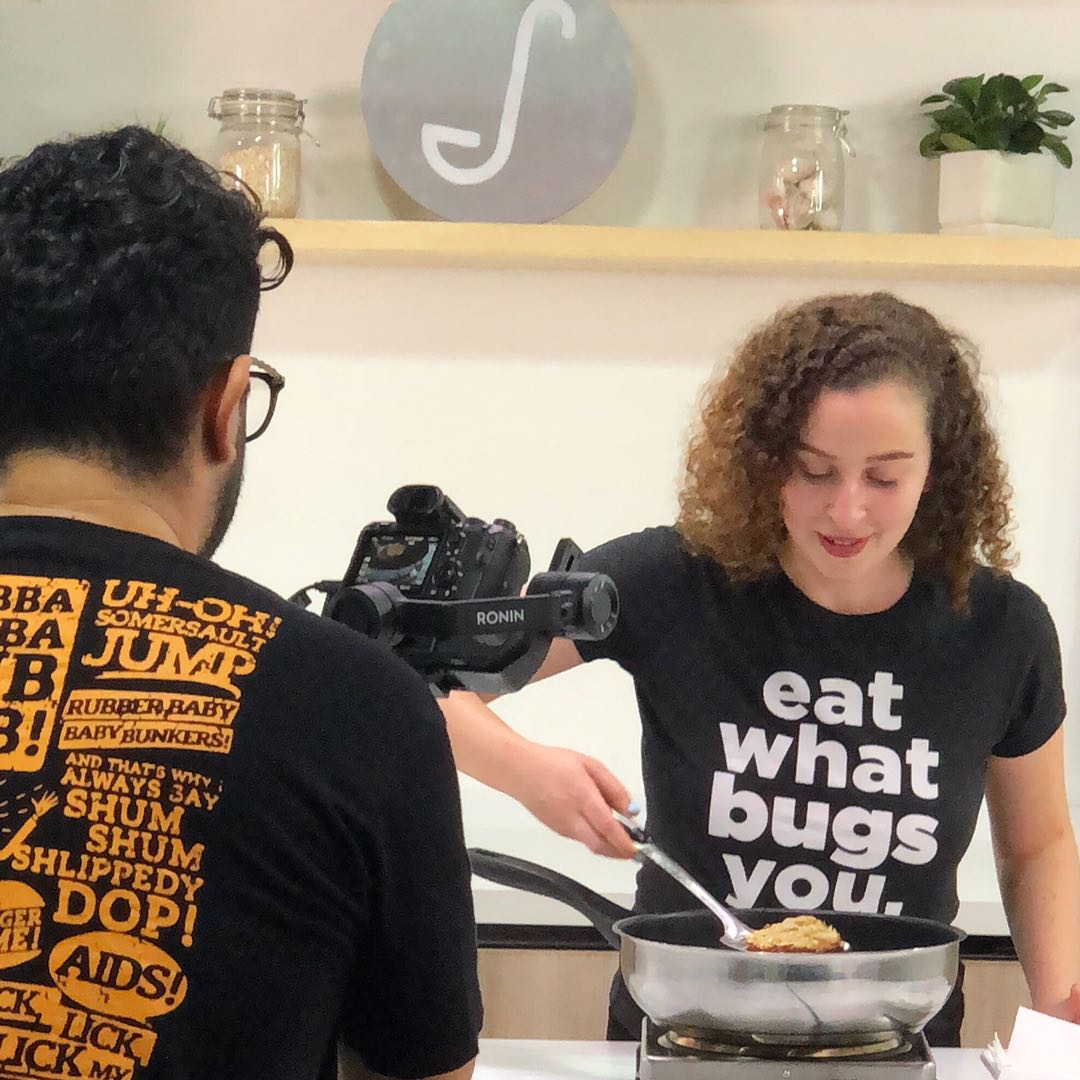
How did you get into eating bugs?
In 2016, at a large sustainability conference I attended as a zero-waste event coordinator, I met my gateway bug, Chirps Chips. I was completely taken by bugs – the human history of insect consumption, the undeniable health benefits of ento-diets and what a sustainable alternative bugs truly are.
I then read Edible by Daniella Martin and booked a trip to Mexico City where I ate bugs in the streets, at restaurants, in sauces, in soups and completely whole. I started the food blog and Instagram account, Get Buggie, as a way to share my new found love for entomophagy – the practice of eating bugs – to try to get others on board. I started eating bugs as a regular part of my diet and talking about entomophagy to anyone who would listen.
Since kick-starting my blog, I have advocated for bugs as sustainable protein through TV, articles, cooking demos and podcasts. In addition to my Instagram, I also edited and contributed to The Ento Nation cookbook. I currently work for SideChef and have had my buggie recipes featured on the SideChef App.
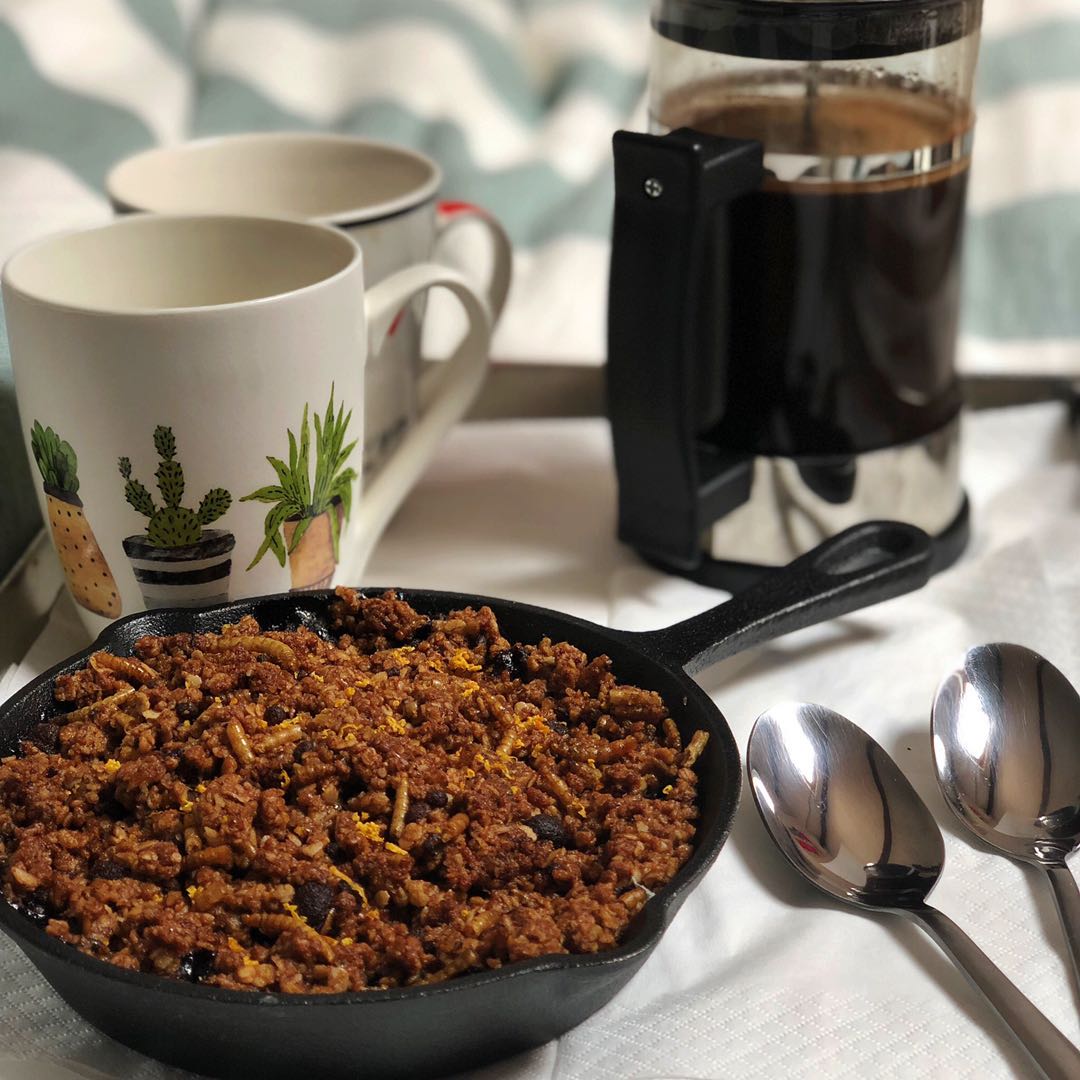
What have you done in the ‘bug consumption space’? Do you ever do popups or work with specific brands?
I work with a number of different brands! The most popular bug products are made from crickets either in powder form (either protein powder or pure cricket powder) or in products like chips or cookies. I try to work with sustainably-minded companies that care about where food comes from and how it grows. I was so excited to partner with NAKED and write a buggie Chinese-inspired recipe using their peanut butter. I haven’t done a pop up yet but am open to offers.
What form of bugs do you most commonly consume? And do you consume them whole or in powder form?
Recently I have been experimenting with whole locusts. To me they are one of the coolest bugs to eat. They swarm in desserts where resources are very scarce, so when they arrive, they are an abundant food source. As many climates change, bug swarms are becoming more common. However dystopian that may be, I believe learning to cook them well can help me feel slightly more in control of our environment.
When I am introducing people to bugs (their gateway bug) I tend to stick to powder in cookies or pizza. I cook what I call ‘uncomfortable comfort food’ that people are familiar with, like mac and cheese but with a slight buggie twist.
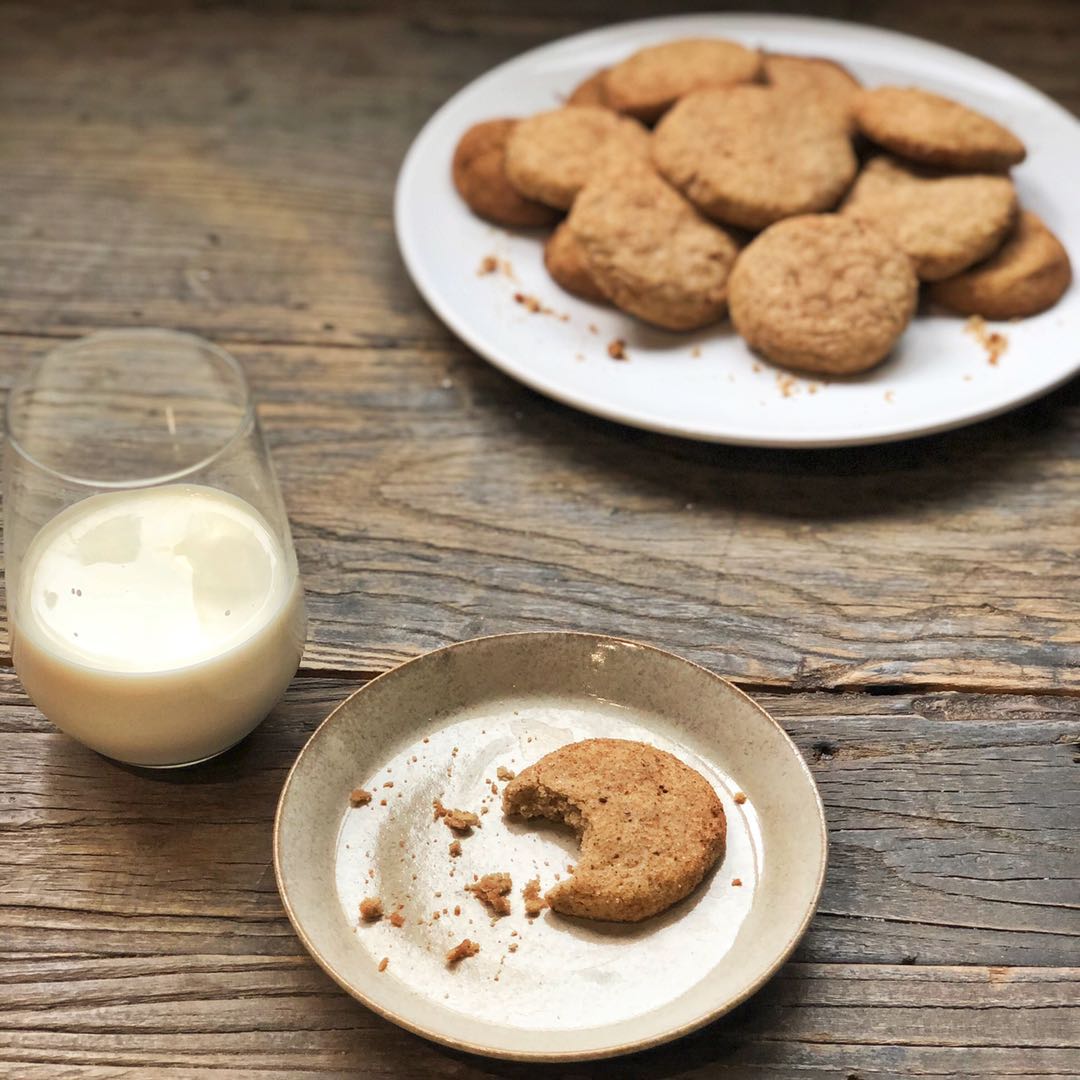
What do different bugs taste like?
As there are over 2,000 edible insects, there are a lot of variations, and they all taste different depending on how they are prepared: roasted crickets taste very nutty; mealworms taste shrimp-like when fried. In China they eat bamboo worms, which I find to have a somewhat metallic taste. In Japan they eat a type of wasps that I swear you can taste the sting! (Don’t worry, they are totally safe to eat once cooked.)
One of my all-time favorite bugs is ants; they are like tiny citrus bombs and are often paired with seafood in the place of lemon.
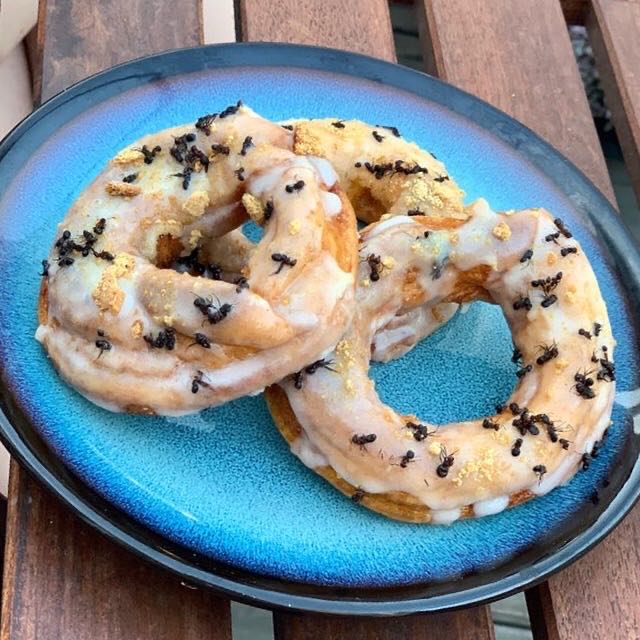
What are the health benefits of eating bugs?
Bugs can be extremely high in protein (60-80%). Furthermore they have more iron than beef, they have all of the essential amino acids, they contain omega-3 and omega-6 fatty acids and they are high in calcium and vitamin B12. Studies show that insects are much easier than other meat for your body to process and break down. Additionally, they support the growth of beneficial gut bacteria.
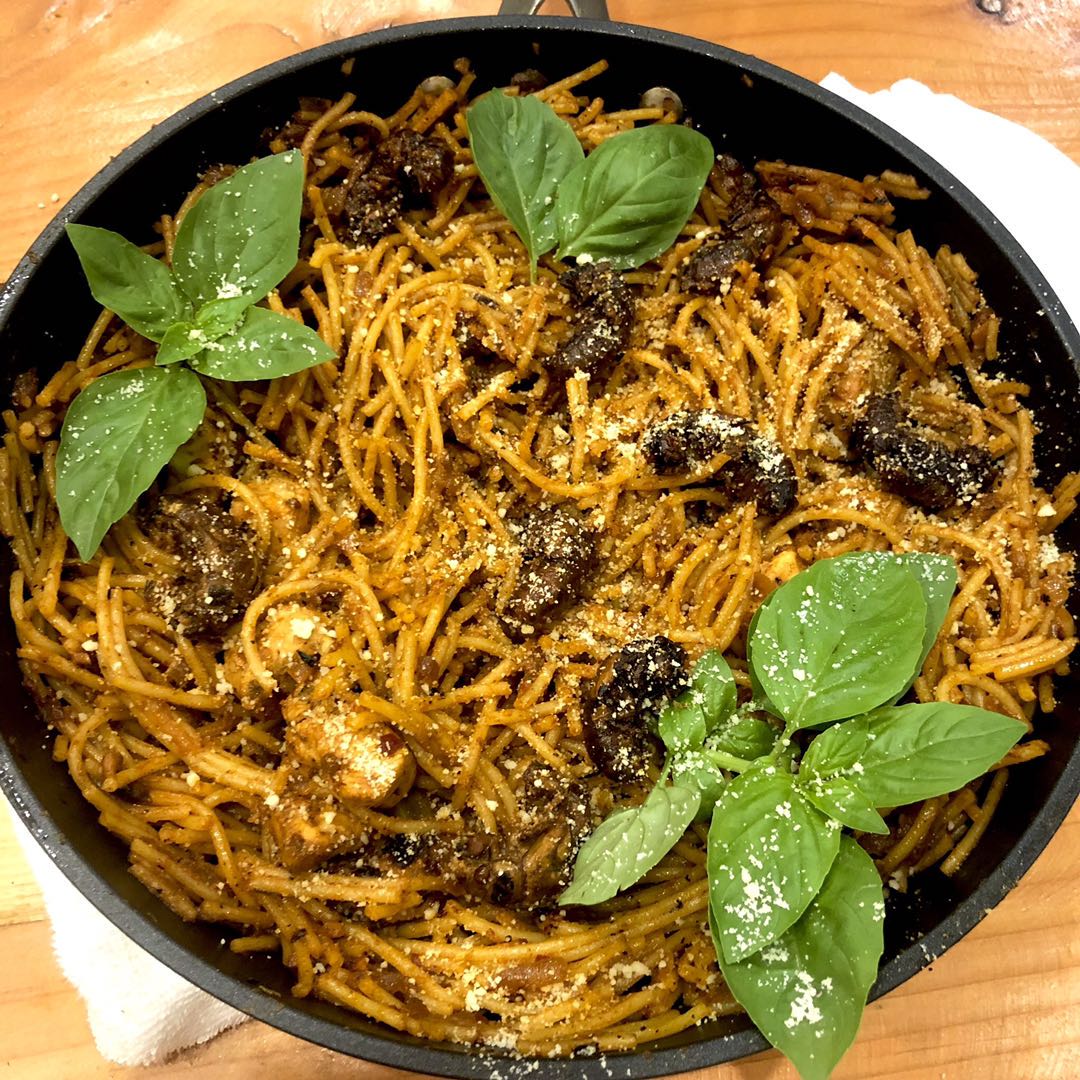
How do you use bugs in every day cooking?
I have a silkworm granola recipe that I eat for breakfast, I love using roasted crickets as a salad topping and I have a real sweet tooth, so if I am baking, you can bet there's some sort of bug powder in the dough.
What do you say to people who are turned off by the idea of eating bugs?
Humans used to be a lot more in tune with nature than we are now – living with it, not on it. When industrialized agriculture became more popular, anything that threatened the crops became the enemy – cue hatred of insects. Culturally, insects are often depicted as scary monsters or invasive species.
As a picky eater myself, I know the importance of meeting people where they are, which is why I go back to my concept of ‘uncomfortable comfort food’ – once you get past the first bite, people realize that it’s no stranger than eating a bit of protein powder or, for a whole bug, it’s similar to eating shrimp.
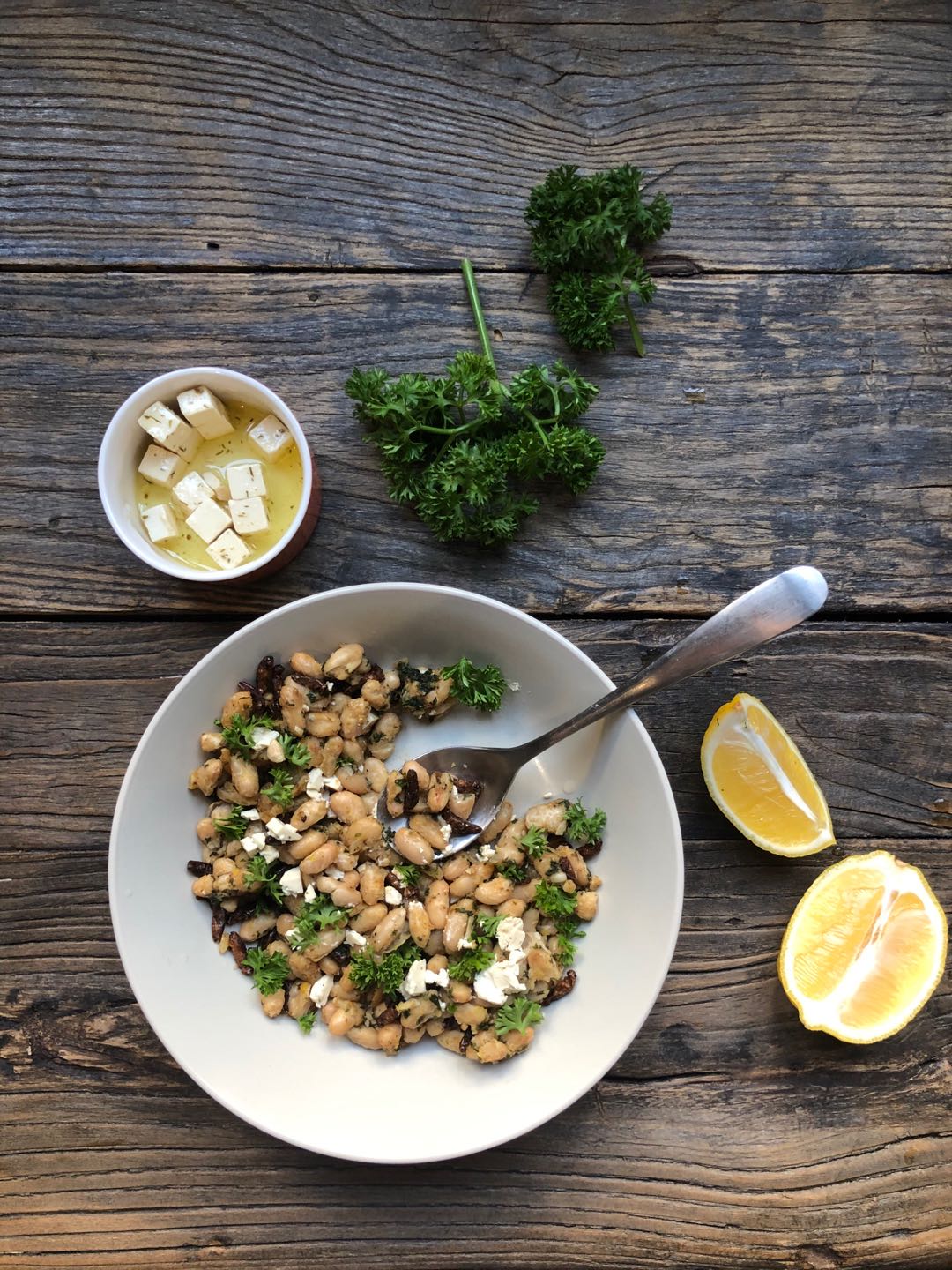
What is your favorite recipe that uses bugs as an ingredient?
Pizza! I’m from New Haven, Connecticut, and we have our own style of pizza, so it's always been very important in my life. I like making pizza because I get to use all sorts of bug products in the dough and as a topping. Who doesn't love pizza?
Do you think eating bugs will become mainstream in the future?
I think they are so good for you (health wise) and so much better for the world when compared with livestock animals, that bugs are impossible to ignore. Currently, animal agriculture generates more greenhouse gas emissions than the entire transportation sector.
According to studies, if everyone on the planet stopped eating meat the planet’s (food-related) emissions would drop by 70% by 2050. According to The American Journal of Clinical Nutrition, raising animals also uses large amounts of land, 17 times more land than a vegetarian’s diet requires.
These studies find that plant-based food is most effective at fighting climate change. Although insects are not technically ‘plant-based,’ they do take up significantly less land, water and feed to grow and emit far less greenhouse gases.
Additionally, there is far less waste involved – you can eat 100% of a bug but only 40% of cattle. Another important fact for vegans/vegetarians to know is that bugs don’t have a central nervous system, so they don’t feel pain. They are harvested at the end of their natural life (three months), whereas cows who can live to be 20 are killed at about three years old.
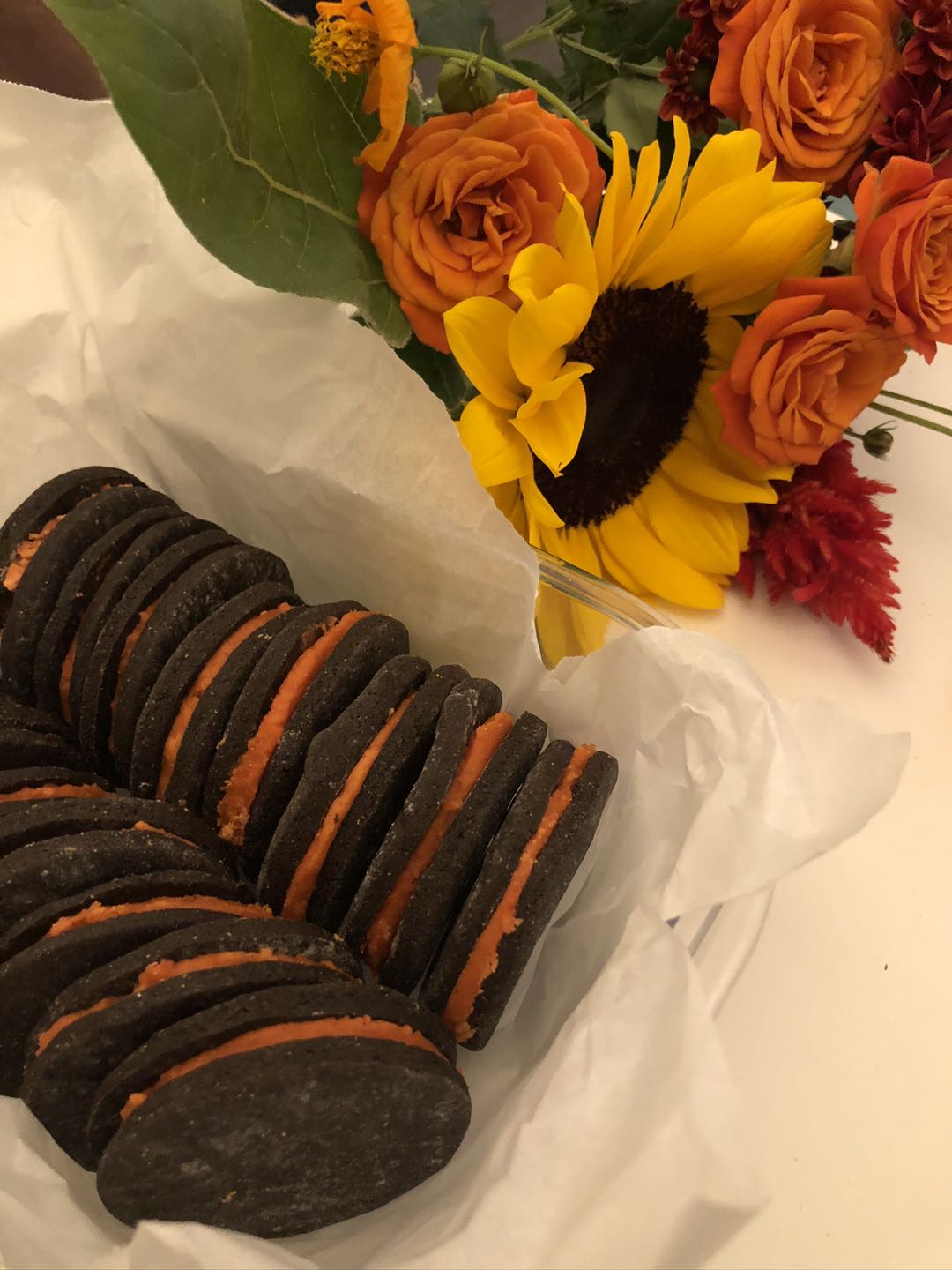
How did Get Buggie come to be?
I was working in the sustainable world, and I honestly just thought eating bugs was so cool and felt very new and exciting. I was a pretty picky eater growing up, and then suddenly when I turned 16 I developed a slew of allergies that forced me to really try new food and be more open to things. I think my 10-year old self would be very shocked by my current eating habits, but as an adult I can look back and be very proud. Eating bugs helps me feel more connected with our evolutionary past!
Who is your main target audience and how do you reach it?
There are a few groups that I think I appeal to:
1. Sustainable-minded people, or people who care about where their food comes from, how it is grown and what they can do to help the world.
2. Thrill-seekers, or people who like to try new things for the sake of trying new things
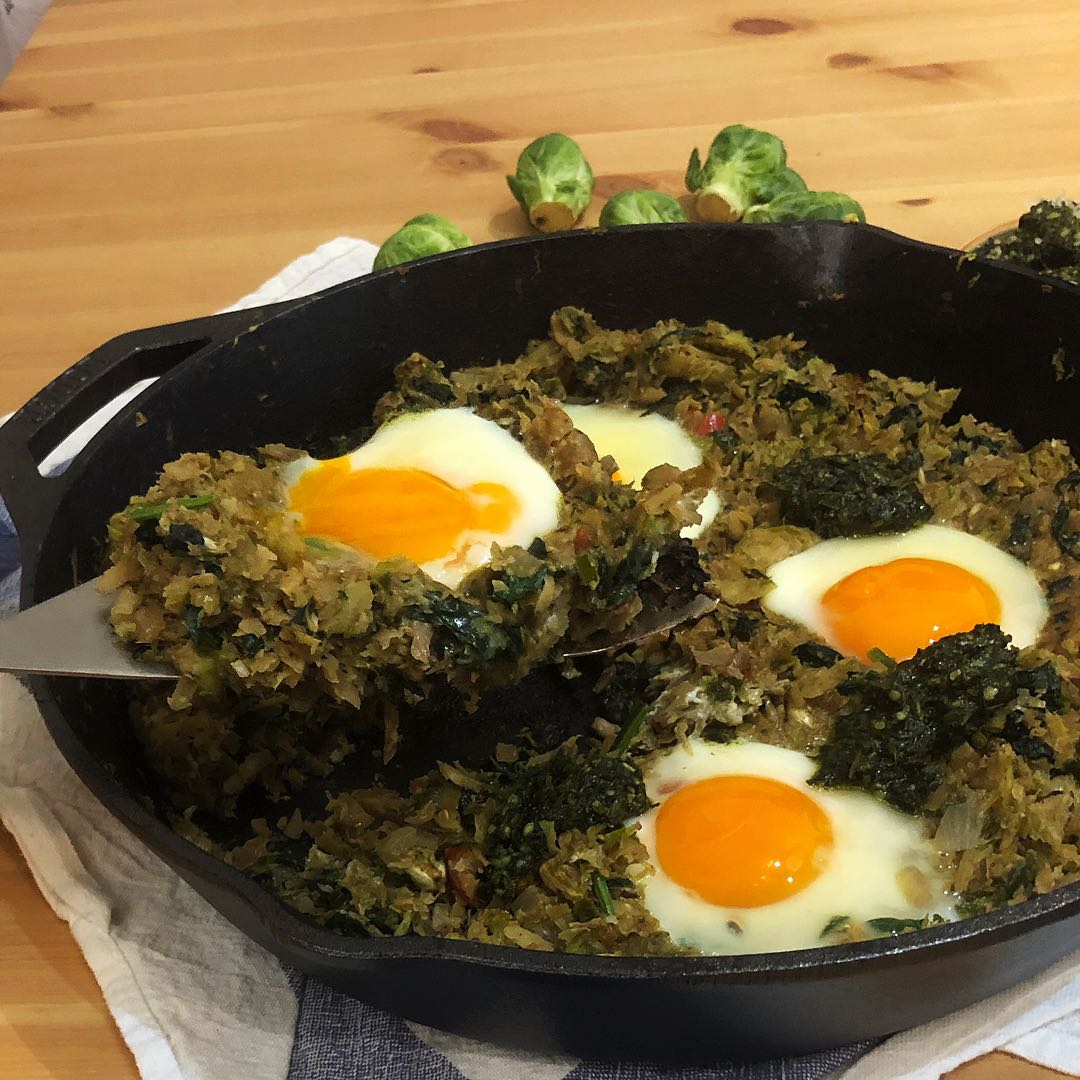
If you could leave us with any parting words about the world of bug eating, what would they be?
Bugs are food from our past, they are good for our present, and they help to ensure we, as humans living one earth, can have a better future.
[All images courtesy of Joy Nemerson]
"eat" - Google News
October 19, 2020 at 04:24PM
https://ift.tt/3jddWTM
A Bugs Life? Meet the Woman Who Wants You to Eat Creepy Crawlers - That's Online
"eat" - Google News
https://ift.tt/33WjFpI
https://ift.tt/2VWmZ3q
Bagikan Berita Ini














0 Response to "A Bugs Life? Meet the Woman Who Wants You to Eat Creepy Crawlers - That's Online"
Post a Comment